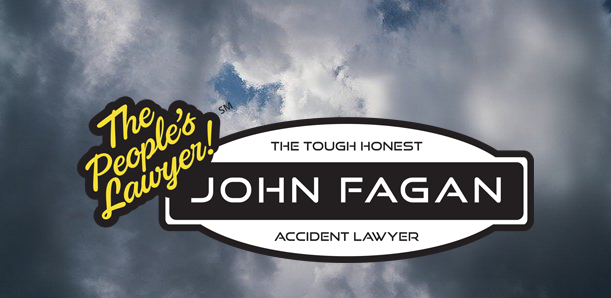By Joe Mario Pdersen, Orlando Sentinel
With hurricane season on the horizon the time is now to prepare.
Among a homeowner’s preparation checklist is making sure they have flood insurance before the next storm arrives, but according to the Federal Emergency Management Administration, most Floridians don’t have flood insurance.
In fact, FEMA reports about 22% of Floridian homeowners in 2017 had flood insurance, which is a separate policy from other coverage policies.
If you’re part of that small group, FEMA has extended its 30-day grace period of policy renewals by up to 120 days until June 15 to support policy holders getting ready while also dealing with the COVID-19 outbreak.
If you’re part of the much larger group of Floridians living life on the edge, flood insurance is worth considering, said insurance adjuster Dick Tutwiler.
The average flood insurance premium in Florida is under $500 a year, but the cost of flood damage can be dangerously high without it.
The price of 2 feet worth of flood damage to a one-story 2,500 square-foot home can be an estimated $87,326, according to FEMA’s flood damage calculator.
Flood insurance covers one specific type of water damage involving water that seeps into a home from a heavy rainfall or as the result of a lake, ocean, or river overflowing onto a property, according to the Florida Office of Insurance Regulation.
Are you insured for a hurricane? Keep in mind that standard homeowners insurance doesn’t cover flooding, and flood insurance requires a 30-day waiting period! A typical homeowner’s insurance policy covers water damages coming from another source such as leaking roofs or burst pipes.
The oversight of confusing the two types of damages can have terrible consequences for those who aren’t prepared.
“The big elephant in the room is the requirement that if a house is damaged to 50% of its value they will need to elevate the house or tear it down.” Tutwiler said. “This is a huge issue nobody ever talks about. Super Storm Sandy was a wake up call in New York.”
Super Storm Sandy was a late season storm and one of the most infamous in the 2010s, causing $50 billion in 2012 to the United States. Specifically in Hoboken, N.J., where had 1,700 homes were flooded and received $100 million in damages, according to the National Oceanic and Atmospheric Administration’s data. In total New York and New Jersey had about 305,000 homes destroyed by storm surges.
Many of these homes were in flood zones, but 20% of Florida’s flood insurance policy holders live in low-risk areas of flooding.
That being said, some homeowners may think the additional policy is a superfluous precaution.
Maybe it is.
But take the Texas homeowners who weathered Hurricane Harvey in 2017 for example where the Category 4 hurricane doled out $125 billion worth of damages. Many parts of Houston in particular suffered catastrophic flood damage, and a vast majority of homes and businesses damaged by Harvey were categorized as moderate to low-flood-risk properties, according to Florida Flood Insurance.
Florida leads the nation in the number of flood insurance polices in force with about 1.7 million – triple the amount of the second highest state; Texas, according to FEMA.
While many Florida homeowners live in flood zones where flood insurance is mandatory, there is still less than a quarter of Florida homeowners who choose to take the insurance on.
“We used to be designated in a flood zone, but that changed a couple of years ago. So, the insurance is no longer mandatory,” said Dennis Feltgen, an NOAA spokesperson about his South Florida home. “My wife and I decided to keep the insurance, though. You never know what’s going to happen. Most Floridians choose not to have it, but we’ve seen the price floods can bring to households when a storm comes along.”
The 2020 hurricane season begins June 1, and while it is predicted to have a slow start, meteorologists with AccuWeather predict an above average tropical production during the months of August and October.
An average season has about 12 named storms. AccuWeather estimates a high of 18 named storms during the 2020 season due to a weak La Niña event, which would otherwise cool Atlantic waters down and prevent tropical development.
And while the start of the season is weeks away, the possibility of an early storm still exists. The last five seasons have all recorded tropical storm formation before June 1. On May 20 last year, Subtropical Storm Andrea formed southeast of Florida, but luckily didn’t put any insurance policies to the test.
But the state hasn’t been immune in the last few years, enduring Hurricane Irma and Hurricane Michael, both doing billions of dollars in damage. And while 2019′s Hurricane Dorian took a turn away from the state, a direct hit from what was a Category 5 hurricane into the state would have been devastating.






